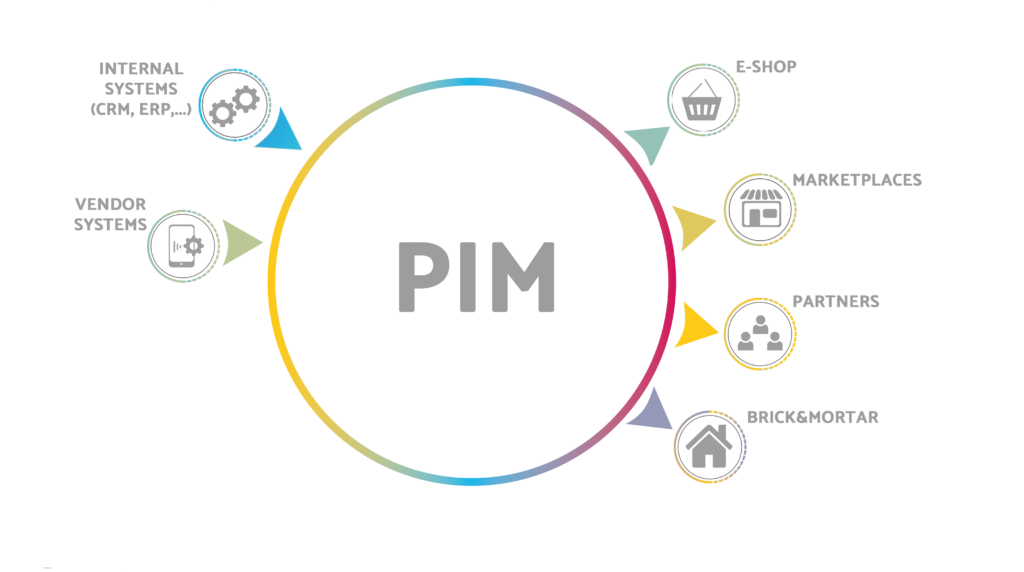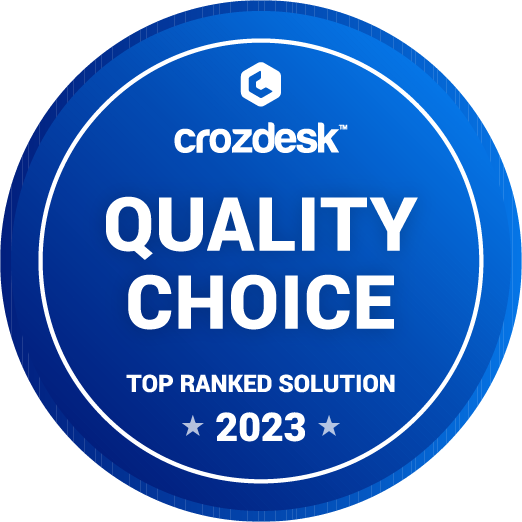Nailing the ecommerce crunch: Fast movers will win big!
We all know that ecommerce is going through a tough time after several record years. But there’s no need to panic – in fact, you can benefit from the crisis and emerge stronger than ever. Take advantage of the situation, innovate and get ahead of the competition.
Since the end of the pandemic, ecommerce has seen a huge drop in sales and margins. Eshops have seen their sales fall for the second year in a row, and some are sadly on the brink of survival. The slump is all the more painful because it comes after a period of meteoric growth. During the pandemic years, the average year-on-year sales growth of ecommerce companies was 80%, and in some sectors, it was in the hundreds of per cent.
The business plans of ecommerce companies for 2022 were therefore again optimistic for further growth. A common assumption for year-on-year growth was around 60%. Inventory levels were also based on these figures. The funds tied up in inventories then became scarce elsewhere, further reducing their room for manoeuvre in the event of a downturn instead of growth. With an average of 25% for 2022, the first months of 2023 are not much better.
There are several reasons for this:
- The return of some customers to bricks and mortar stores after the end of the pandemic.
- The amendment to the Electronic Communications Act, which from 1 January 2022 will significantly significantly complicates the collection and analysis of marketing data and thus the precise targeting of campaigns.
- High inflation, which leads people to limit their purchases to essentials.
- The war in Ukraine, which has made some consumers more cautious and others more invested in areas other than online shopping. in areas other than online purchases of fast-moving consumer goods.
As always and everywhere, the survivor is the one who can adapt. So what advice do you have for ecommerce companies in this difficult situation?
Reduce operating costs to the bare minimum
You might think that’s easier said than done. You’ve already tightened your belt, but it’s still not enough. The solution is simple – work smart, not hard, be efficient!
- Automate routine tasks
- Respond quickly to current numbers and customer behaviour
- Plan stock levels according to current demand
- Look for cost savings in buying from suppliers or in transportation
Search for new markets
Competition is fierce and customers are few. The key is to reach customers through all available channels before they buy elsewhere. So your offer must be better, cheaper, of higher quality, with faster delivery, better support or service. This means constantly looking for new audiences, such as partners, wholesalers or overseas markets. Again, efficiency is key, because every new channel, every quality service and every growth has a cost and requires resources.
In this race for efficiency and automation, software is a critical competitive advantage. An ecommerce business usually needs several. A quality ERP for efficient warehouse management, logistics and accounting is definitely a necessary foundation. But how do you manage sales effectively? The execution of a sales strategy is not the role of ERP systems. A company with a single e-shop manages to some extent to execute its sales strategy there. But what if you have multiple sales channels? In different countries, in different languages, in different currencies, to different target groups at different prices? How can you effectively and optimally manage the traceability of the product in search engines and comparison sites, its presentation to the customer, the correct pricing from a single point? How do you use campaigns and short-term pricing and marketing promotions to drive sales?
The solution is to integrate an additional element into their systems, known as PIM, which is an abbreviation for Product Information Management.

The software can exchange product information with ERP, upload quotes, price lists and supplier stock levels using pre-built connectors and, most importantly, consolidate all this data in one place. Everyone who needs to work with products then has a high quality, consistent and always up-to-date source of truth about the product offering. This significantly reduces the time it takes for new product information to reach customers.
As the market changes, so does the shape of PIM and the demands placed on it. In addition to the usual consolidation of product data, PIM solutions are increasingly supporting the automation of pricing from external costs through all levels of the pricing strategy to the final selling price.

The traditional pricing method of many ecommerce companies is still based on Excel and endless manual recalculation of inputs and outputs. In contrast, pricing based on a set of principles and rules, and then automatically controlled by a machine, represents a transition similar to the transition from handwritten books to letterpress printing in the past.
Only with software can hundreds of thousands of products and their prices be processed quickly, with minimal human effort, without errors and, above all, quickly. The rules automatically keep an eye on the right margin and set the right selling price, for example in relation to competitors‘ prices or current stock sales. And they won’t get angry if you set the percentages according to one strategy one day and then decide to change them the next day, perhaps to boost sales with a targeted discount on a selected range of products.
The possibilities and potential of PIM systems are great, and in the current challenging times of ecommerce they can be a decisive competitive advantage more than ever.
An example of a more advanced PIM system is WisePorter, which we currently offer as a free trial. By uploading your data into the system, you can assess its compatibility with your requirements.




